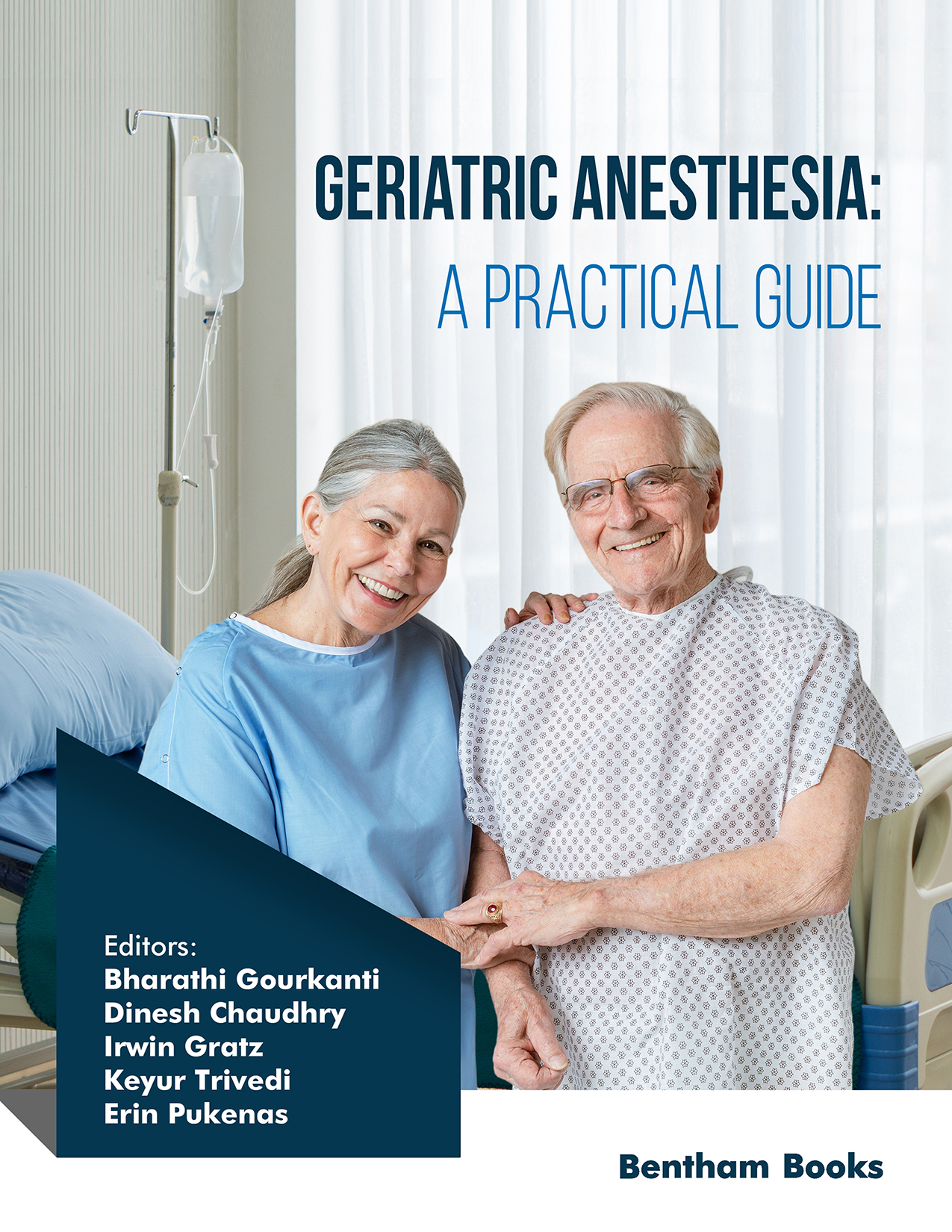As per World Health Organization (WHO) “The ageing of the world’s populations is the result of the continued decline in the fertility rates and increased life expectancy. This demographic change has resulted in increasing numbers and proportions of people who are over 60. As a result, the first time in history when there will be more older people than younger people is rapidly approaching.”
Aging increases the risk of chronic diseases such as dementias, heart disease, type 2 diabetes, arthritis, and cancer. For this segment of elderly people, the increase in longevity is also characterized by the emergence of several complex health states and complications which present a cascade of healthcare needs including procedure based and surgical interventions.
Why this book?
The geriatric population of the world is increasing rapidly due to advances in medical knowledge, technology, research, awareness of and early diagnosis and treatment of diseases. With the increase in the numbers of patients of advanced age, the rate of surgical procedures requiring anesthesia services has also increased. Our effort is to present a comprehensive, evidence based resource for Anesthesia Practitioners.
What is in the book?
In this text we present awareness about ageing demographics and associated health care costs, and discuss the anatomical and physiological changes that occurs in the human body in the geriatric population. We present the pharmacokinetic and pharmacodynamics change in the geriatric population and these impacts on the care the anesthesia provider must perform in order to decrease and prevent adverse effects to decrease mortality and morbidity.
The anesthesia care of the geriatric patient involves many areas of medical care including, special cardiac conditions, chronic and acute pain management, trauma, critical care, neurological care and management, postoperative cognitive dysfunction (POCD), ambulatory surgery and care, special needs of the female geriatric patient. Anesthesia care of the COVID-19 geriatric patient is given special attention.
Who contributed to this book?
We believe it is important to have input from every level of anesthesiology field for best patient care outcomes. We include input from medical students, certified nurse anesthetists, anesthesia residents, practicing anesthesiologists in the writing of this manuscript.
Who benefits from this book?
This is an educational and learning resource for medical students, student nurse anesthetists, anesthesia residents, anesthesia practitioners. Hopefully this book will provide solutions for certain dilemmas, latest improvements in anesthesia field enabling anesthesia providers to give the best possible anesthesia care to geriatric patients.
My grateful acknowledgement.
I wish to express my heartfelt thanks and deep gratitude to all the authors, co editors for the countless hours of their untiring efforts to put together this book. My special thanks to Brian McEniry, Anesthesia Clinical Research Coordinator and Dr. Andrea Villa for their technical support. My sincere thanks to Bentham Science Publishers for providing me with an opportunity to write this book. I deeply appreciate the support of the Bentham Books team of Dr. Obaid Sadiq, Manager Bentham Books, Fariya Zulfiqar, Manager Bentham Books Publications, Urwa Rehan, QA Manager Bentham Books, Sumaiya Azhar, Editorial Manager Bentham Books, Ibad Arshad, Assisant Manager Bentham Books Cross Verification Department, and Humaira Hashmi in making this book a reality.
Bharathi Gourkanti
Department of Anesthesiology
Cooper Medical School of Rowan University
Cooper University Health Care
Camden, NJ
USA

